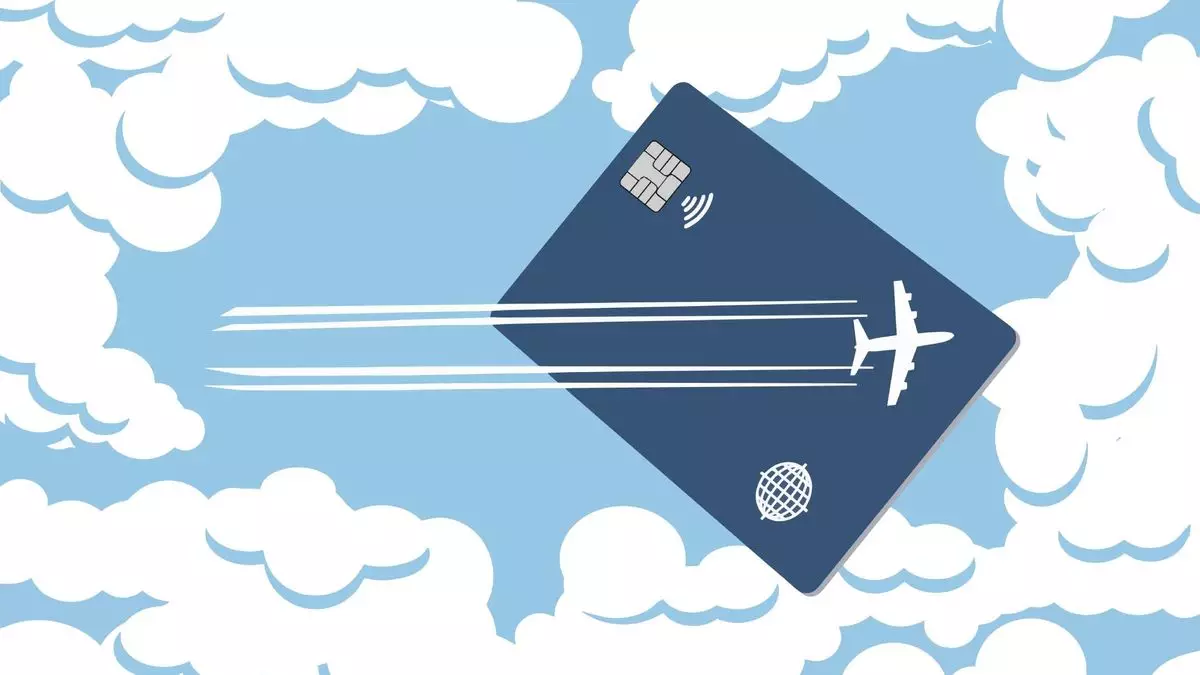The Department of Transportation’s (DOT) recent investigation into the loyalty programs of the four largest U.S. airlines—American, Delta, Southwest, and United—has ignited a fierce debate among industry stakeholders. Advocates for consumers see the probe as a necessary step towards protecting travelers from opaque practices, while industry representatives criticize it as governmental overreach that distracts from pressing issues facing air travel today.
DOT Secretary Pete Buttigieg’s decision to scrutinize these loyalty programs stems from their profound influence on consumer behavior and their extensive economic footprint. With millions of Americans holding substantial point balances, Buttigieg asserted that these programs have evolved into critical components of airline business models, often overshadowing even flight operations in financial significance. However, this perspective prompts questions about the fairness of targeting airlines based solely on their market size, raising concerns that the investigation may sacrifice nuance for blanket regulations.
The agency’s probe specifically focuses on the opacity surrounding loyalty program changes. Airlines have been notorious for modifying reward redemption values without clear communication to customers. Bill McGee, a senior fellow at the American Economic Liberties Project, argues that airline companies should avoid altering the “rules of the game” post-purchase. By pushing the DOT for a deeper understanding of how these devaluations affect customer trust and loyalty, McGee aims to ensure that consumers can rely on promised rewards without fear of sudden devaluation.
Mixed Reactions from Industry and Consumers
While consumer groups express tentative optimism about the probe, statements from the U.S. Travel Association highlight the discontent many industry advocates feel. Geoff Freeman, the CEO of the association, articulated a sentiment shared by many in the travel space: the federal government’s intervention may be unnecessary and unproductive. Critics like Freeman highlight the unreasonable nature of micro-managing rewards programs when larger, more pressing issues—like understaffed air traffic control—are glaringly apparent. Thus, the juxtaposition of regulatory scrutiny on loyalty programs against the backdrop of tangible operational challenges presents a troubling oversight.
On the contrary, loyalty programs thrive in an environment of intense competition among airlines, according to the Airlines for America trade group. They emphasize that these programs create avenues for airlines to express gratitude to frequent travelers. By championing transparency and advocating for consumers’ right to participate in loyalty programs, this trade group seeks to position the probe as an unnecessary hinderance rather than a necessary correction.
A closer examination reveals that not all airlines manage their loyalty programs in the same way, which complicates the DOT’s inquiry. For example, airlines like Southwest link their reward prices to ticket fares, instilling a level of predictability in the redemption process. In stark contrast, other carriers have allowed more variability, resulting in potential consumer confusion and dissatisfaction. The inherently different modalities of these loyalty programs point to the complexities of the industry’s operational practices and raise skepticism about the effectiveness of sweeping regulations that fail to consider these diversities.
Kyle Stewart, a travel industry expert, underscored this point by arguing against the analogy that compares airline loyalty points to traditional savings accounts. Instead, he likens airline rewards to arcade-style ticket redemption systems—where the provider retains the authority to fluctuate redemption costs. Stewart contends that any regulatory attempts to standardize or restrict the adaptability of loyalty programs could backfire, leading to more rigid and less user-friendly systems.
The Road Ahead for Airline Loyalty Programs
As the investigation unfolds, stakeholders eagerly await the DOT’s final recommendations. Proponents of consumer rights hope that the probe will facilitate transparency in loyalty programs, allowing travelers to make informed decisions. Conversely, critics warn that the investigation may hinder airlines’ ability to innovate and cater to the evolving needs of their customer base.
The ongoing dialogue around airline loyalty programs exemplifies a larger tension between consumer protection and economic flexibility. Striking a balance is crucial, as airlines have a vested interest in maintaining customer loyalty yet must also contribute to a jointly beneficial environment where consumers can trust that the loyalty they invest in won’t diminish overnight.
In a rapidly changing aviation landscape, the complexities of loyalty programs represent a microcosm of broader industry challenges, ensuring that the eventual outcomes of the DOT’s investigation will have significant ramifications on the future of air travel in the United States.


Leave a Reply